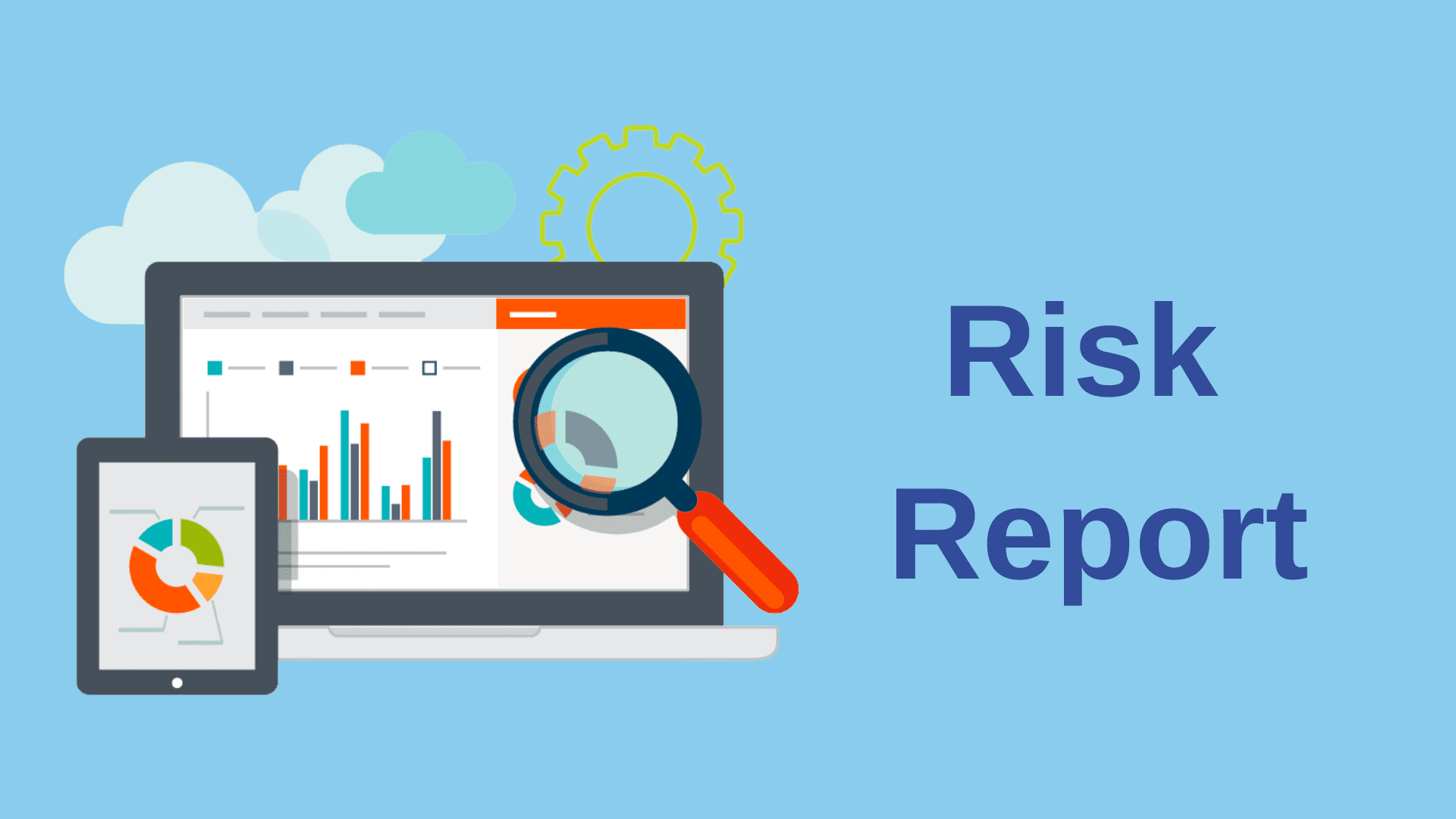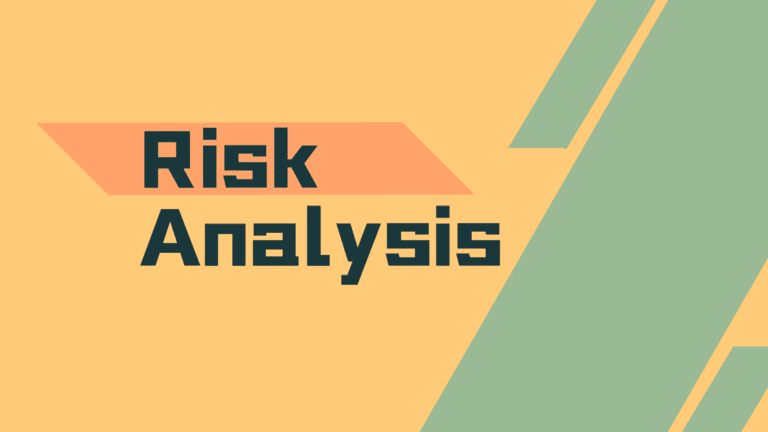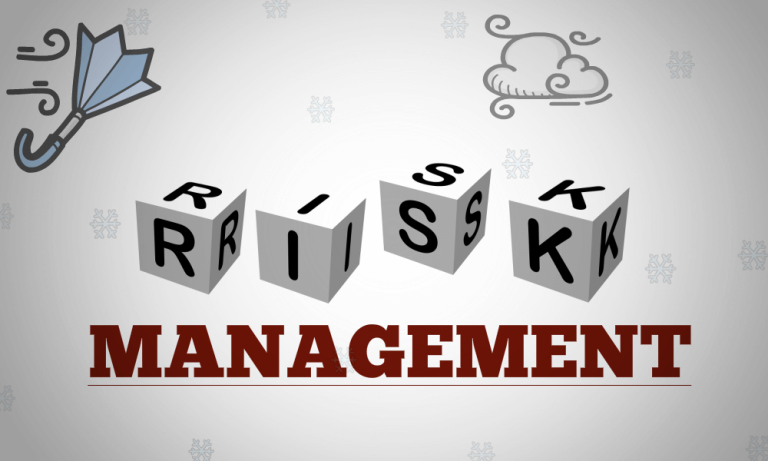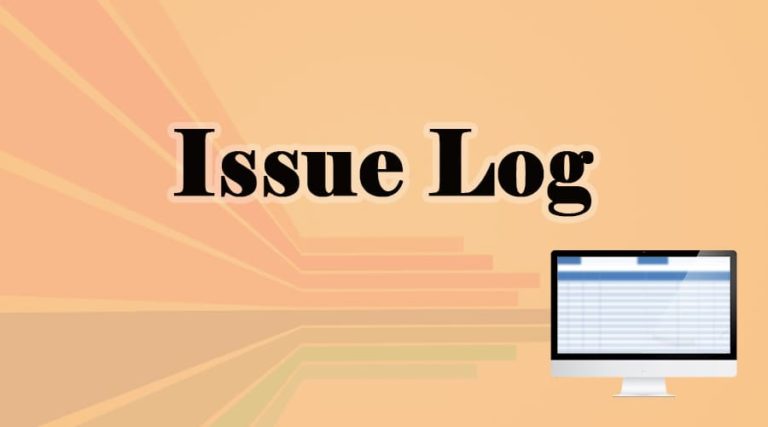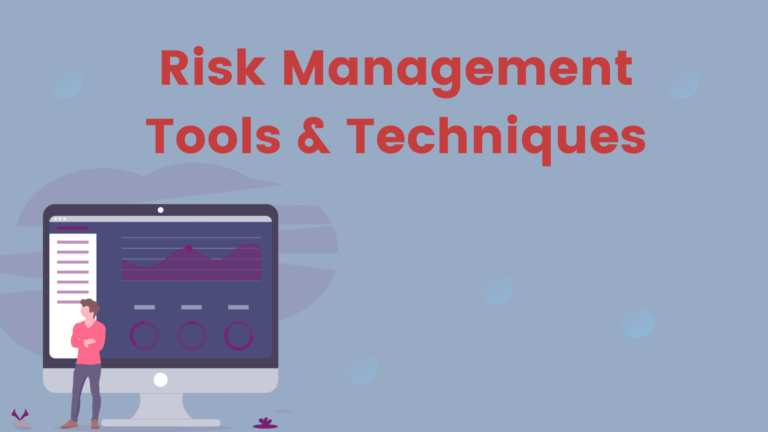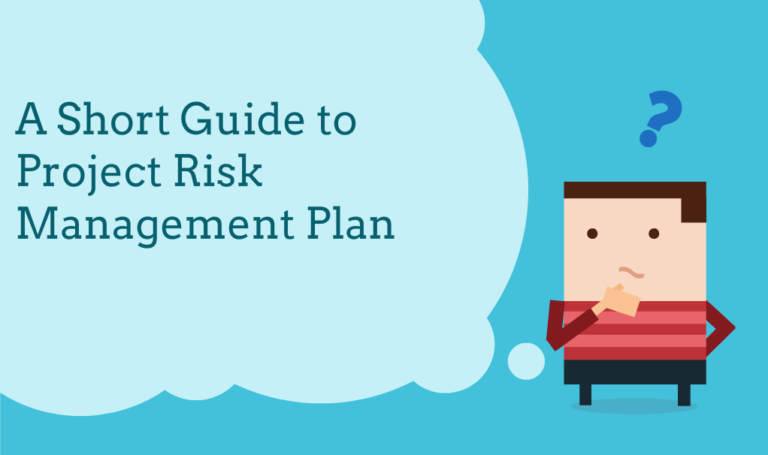In project management, you have many reports, such as performance reports, status reports, risk reports, etc.
Among these reports, risk report is related to risk management and is crucial to project success.
This report provides the performance of risk management, an overview of risk assessment, qualitative risk analysis, quantitative risk analysis, etc.
In this comprehensive guide, we will discuss the risk report in detail.
Risk Report
This report is a great communication tool for project managers to provide risk summaries to stakeholders to get their buy-in for risk management activities and continuous risk management support.
The senior management will know the potential risks the project or business can have, and accordingly, they can take appropriate actions to manage them.
Risk reporting helps project managers communicate the project risk and effectiveness of risk management to the project stakeholders.
It helps stakeholders understand the overall risk status of the project or business.
Note that the risk report is different from the risk register. The risk register contains the risk details, risk analysis, risk response details, risk status, etc. At the same time, the risk report provides the effectiveness of the risk management plan and communicates it to higher management.
The risk report takes input from the risk register.
Types of Risk Reports
Risk reporting can be at a project management level or the organizational level.
Let’s first see the risk report in project management:
Project Risk Report: This is the lowest level of risk reporting. Here the project manager provides a project risk report to stakeholders to communicate the effectiveness of risk management efforts.
Program Risk Report: This is a higher-level risk report. Here, the program manager compiles the risk report for different projects and communicate it to the stakeholder. This report covers the risk report for the above project level.
Portfolio Risk Report: This is the highest level risk report in project management. Here, the portfolio manager compiles the risk report for different projects or programs under the portfolio and shows it to the stakeholder. This report also covers the risk report for the above project or program levels.
The following reports are at an organizational level:
Executing Risk Report: This report is targeted at higher management. Here, you can prepare a report for the organization’s key risks, the result of your risk management effort, and show the management.
Operational Risk Report: This risk report targets operational managers and supervisors. You can create a risk report for day-to-day business operations, processes, and activities and distribute it to the operations head.
These reports can include incident reports, near-miss events, risk control effectiveness, performance against key operational risk indicators, etc.
Financial Risk Report: This report provides the performance of financial risk management. It includes financial exposures, market risks, credit risks, liquidity risks, and other financial vulnerabilities.
Compliance Risk Report: This report provides information on the organization’s adherence to laws, regulations, and other industry standards. This report provides an overview of compliance risks, regulatory changes, internal control deficiencies, and instances of non-compliance.
Compliance risk reports help management and regulatory bodies ensure that the entire company or organization operates within the legal and regulatory framework.
External Risk Report: External risk report includes disclosing risk information to external stakeholders, such as investors, shareholders, regulators, and the public. This report provides transparency about an organization’s risk profile, potential vulnerabilities, and risk management practices.
Regulatory bodies and stock exchanges often mandate external risk reporting to ensure accountability and maintain stakeholder trust.
Collectively these organizational risk reports are known as business risk reports.
Content of a Risk Report
Depending on the requirements and applicability, the report’s content can change. However, the following are key components of a risk report:
Executive Summary: This is the top section and summarizes the overall risk effort for the project or other purposes such as financial, operational, compliance, etc.
Risk Analysis and Prioritization: Here, you can provide high-level information on identified risks, their impacts on project objectives or business function, and the overall risk levels.
Response Strategies: Here, you can provide a high-level outline of your risk response strategies.
Effectiveness of Risk Management: This section is a vital part of the risk report and can be detailed. Here you can provide the effectiveness of your risk management. For example, you can show how many identified risks have occurred and how you mitigate them. Also, show them, in the absence of a risk response plan, what could have gone wrong.
Key Performance Indicators (KPIs): The KPIs or metrics are included to measure the effectiveness of risk management efforts.
Recommendations: You can conclude the risk report with actionable advice and buy stakeholders’ support for continued risk management activities.
The Key Function of a Risk Report
Communication: The primary function of a risk report is to communicate the project risk profile to stakeholders. It provides a comprehensive overview of the effectiveness of risk management.
Decision-Making Support: The risk report assists in strategic decision-making by highlighting key risks and their potential consequences. Management can allocate resources based on risk priority.
Trend Analysis: Risk reports often include historical data and trend analysis, allowing stakeholders to identify patterns and changes in risk levels over time. This section provides the effectiveness of risk management measures and helps anticipate future risks.
Performance Evaluation: Risk reports can contribute to performance evaluation by assessing the effectiveness of risk management activities.
Best Practices for Creating Risk Reports
- Make it concise so the stakeholders can go through it quickly.
- Include visual elements like bars or charts to make it appealing and understandable.
- Include data to support your argument.
- Avoid adding unnecessary information and mathematical calculations.
- Show the cost and time saving as a result of following risk management
- Add the recommended actions at the last as a call to action.
Importance of Risk Report
Risk reports are essential because they allow project managers to communicate the project risks and the effectiveness of the management plan to the stakeholders.
Stakeholders will know the project’s status and how risks can impact the project objectives in the future so they can assign the resource to manage those risks.
This report helps the project manager get stakeholders’ buy-in for risk management activities.
Likewise, the management will understand the risks in their processes or units at the organizational level and can support the section head when needed.
Summary
A risk report is an important document that communicates the risk to stakeholders and shows them the effectiveness of risk management. As a result, stakeholders can understand the risk landscape of the project or business and make informed decisions to avoid issues in the future and achieve their business objectives with minimal obstruction and improve their corporate reputation.
This topic is important from a PMP exam or PMI-RMP exam point of view. Understand it well.

I am Mohammad Fahad Usmani, B.E. PMP, PMI-RMP. I have been blogging on project management topics since 2011. To date, thousands of professionals have passed the PMP exam using my resources.

